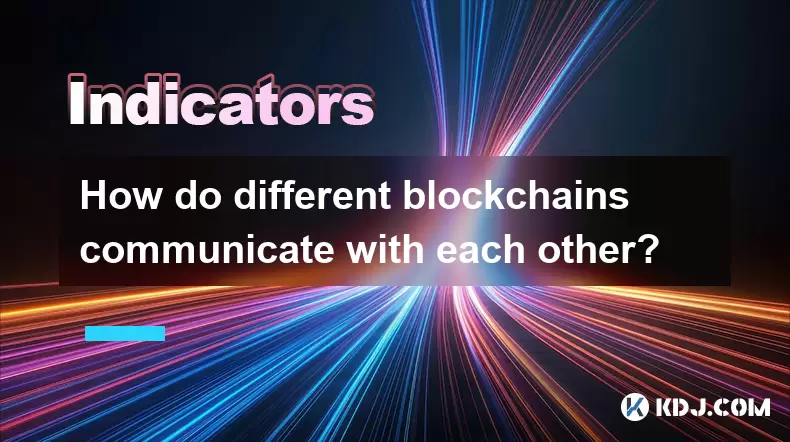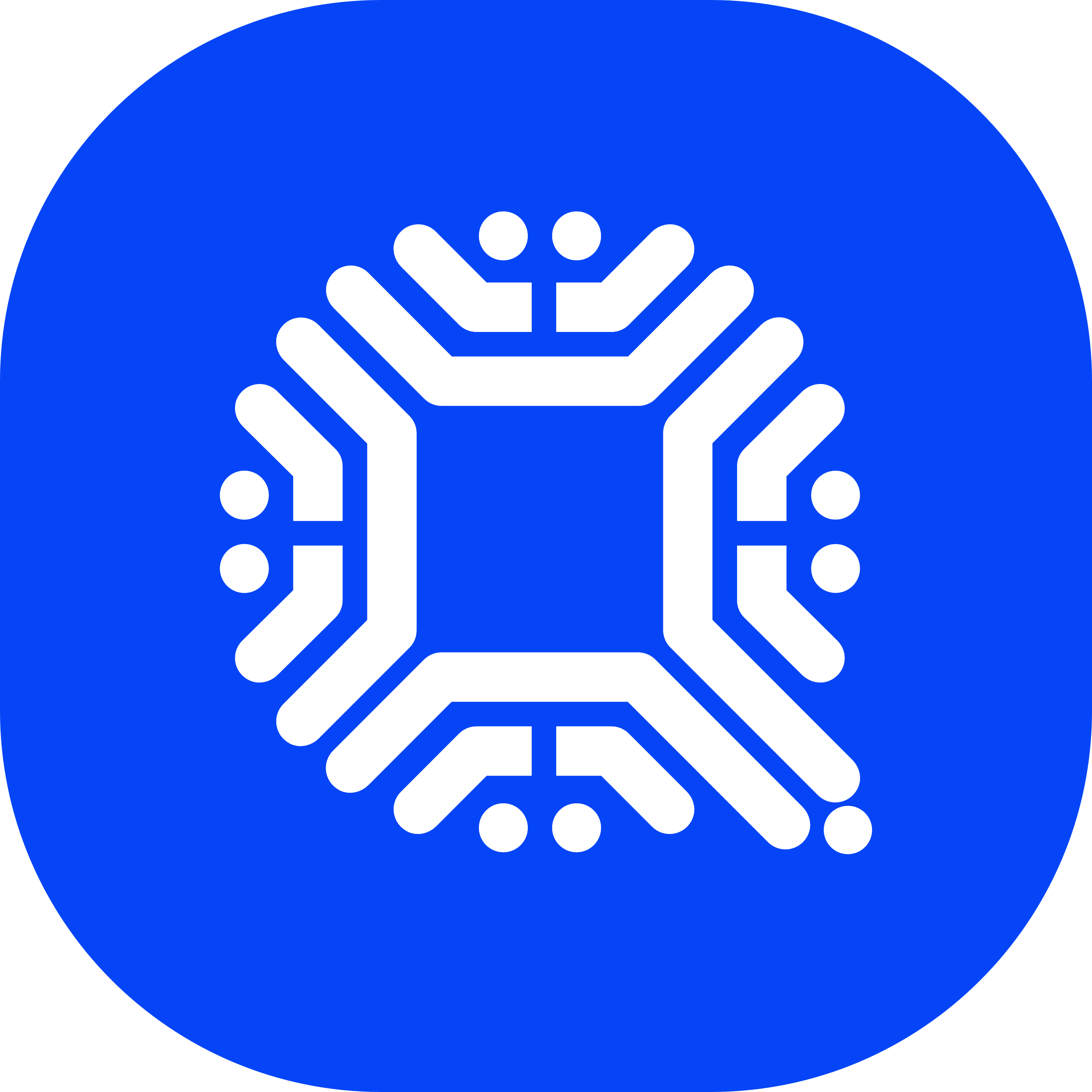-
 Bitcoin
Bitcoin $113100
-1.74% -
 Ethereum
Ethereum $4800
1.16% -
 XRP
XRP $3.041
0.36% -
 Tether USDt
Tether USDt $0.9999
0.02% -
 BNB
BNB $876.6
-0.40% -
 Solana
Solana $205.1
0.96% -
 USDC
USDC $0.0000
0.00% -
 Dogecoin
Dogecoin $0.2345
-0.10% -
 TRON
TRON $0.3629
0.40% -
 Cardano
Cardano $0.9260
1.91% -
 Chainlink
Chainlink $26.20
0.28% -
 Hyperliquid
Hyperliquid $46.04
2.89% -
 Sui
Sui $3.722
0.22% -
 Stellar
Stellar $0.4113
-0.53% -
 Ethena USDe
Ethena USDe $1.000
0.03% -
 Bitcoin Cash
Bitcoin Cash $590.3
0.39% -
 Avalanche
Avalanche $25.82
-0.01% -
 Hedera
Hedera $0.2504
-0.92% -
 Litecoin
Litecoin $119.1
-1.33% -
 UNUS SED LEO
UNUS SED LEO $9.598
0.03% -
 Toncoin
Toncoin $3.315
-1.69% -
 Shiba Inu
Shiba Inu $0.00001308
-1.02% -
 Uniswap
Uniswap $11.06
-2.10% -
 Polkadot
Polkadot $4.149
-1.10% -
 Dai
Dai $1.000
0.03% -
 Aave
Aave $350.7
-1.07% -
 Cronos
Cronos $0.1587
0.97% -
 Bitget Token
Bitget Token $4.664
-0.71% -
 Monero
Monero $274.5
3.42% -
 Ethena
Ethena $0.7021
-4.70%
How do different blockchains communicate with each other?
Blockchain interoperability enables seamless asset and data transfer across networks via cross-chain bridges, relay chains, HTLCs, and oracles, though security and decentralization challenges remain.
Aug 10, 2025 at 07:28 am

Understanding Blockchain Interoperability
Blockchains are typically designed as isolated systems, each maintaining its own ledger, consensus rules, and network protocols. However, for decentralized applications and digital assets to function across ecosystems, blockchain interoperability becomes essential. This refers to the ability of different blockchain networks to exchange information and value seamlessly. Without interoperability, users are confined to siloed environments, limiting the utility of decentralized technologies. Achieving communication between blockchains requires specialized mechanisms such as cross-chain bridges, interoperability protocols, and relay chains.
Cross-Chain Bridges: Enabling Asset Transfers
One of the most common methods for blockchains to communicate is through cross-chain bridges. These act as connectors that allow tokens and data to move from one blockchain to another. For example, a user might want to transfer Ethereum-based ERC-20 tokens to the Binance Smart Chain to take advantage of lower transaction fees. The bridge locks the original tokens on the source chain and mints equivalent tokens on the destination chain.
- Deploy a smart contract on both the source and target blockchains
- Lock the original tokens in the source chain’s contract
- Generate a cryptographic proof of the lock event
- Submit the proof to the target chain’s contract
- Mint wrapped tokens on the target chain
When reversing the process, the wrapped tokens are burned, and the original tokens are unlocked. It is crucial to verify that the bridge is audited and decentralized, as centralized bridges pose security risks, including single points of failure and potential theft.
Relay Chains and Verification Mechanisms
Another approach involves relay chains, which monitor the state of one blockchain from another. A relay chain works by storing light client proofs of a source blockchain’s blocks and validating transactions without running a full node. This allows one blockchain to verify events that occurred on another.
For instance, Polkadot uses a central relay chain that connects multiple specialized blockchains called parachains. Each parachain submits proofs of its state transitions to the relay chain, which ensures consensus and security across the network. Similarly, Cosmos employs the Inter-Blockchain Communication (IBC) protocol, where blockchains run light clients of each other to verify packet delivery and state changes.
- A blockchain runs a light client of another chain’s consensus algorithm
- Validators on the receiving chain check the cryptographic headers from the source
- Transactions are accepted only if the proof is valid and signed by a sufficient number of validators
- Data packets, including asset transfers or messages, are relayed securely
This method ensures trust-minimized communication but requires both chains to support compatible cryptographic schemes and consensus models.
Hash Time-Locked Contracts (HTLCs) for Trustless Swaps
Hash Time-Locked Contracts (HTLCs) enable atomic swaps between blockchains without intermediaries. This technique allows two parties to exchange cryptocurrencies across different chains securely and simultaneously. The process relies on cryptographic hash functions and time-based conditions to ensure fairness.
Here’s how an atomic swap works between Bitcoin and Litecoin:
- Party A generates a secret random number and computes its hash
- Party A creates a transaction on Bitcoin that locks funds, requiring the secret to unlock
- Party B uses the same hash to lock Litecoin in a time-bound contract
- Party A redeems the Litecoin by revealing the secret on the Litecoin blockchain
- Party B observes the secret and uses it to claim the Bitcoin before the deadline
If either party fails to act within the time limit, the funds are automatically returned. This mechanism ensures that neither party can cheat, making HTLCs a foundational tool for decentralized cross-chain trading.
Oracles and Data Bridging
While asset transfer is a major use case, blockchains also need to share data, such as price feeds, weather information, or off-chain events. Oracles serve as bridges that bring external data onto blockchains. In the context of interoperability, cross-chain oracles can relay information from one blockchain to another.
For example, a DeFi application on Ethereum might need to verify a user’s balance on the Solana network. A cross-chain oracle would:
- Monitor the Solana blockchain for balance updates
- Package the data into a signed message
- Submit the message to a smart contract on Ethereum
- Allow the Ethereum dApp to act based on verified Solana data
Projects like Chainlink CCIP (Cross-Chain Interoperability Protocol) provide standardized frameworks for secure cross-chain messaging, combining oracles with bridge infrastructure to enable both data and asset transfers.
Federated Interoperability Models
Some interoperability solutions rely on federated models, where a group of trusted validators or nodes manages cross-chain communication. These validators act as intermediaries, signing off on transactions between chains. While faster than fully decentralized systems, this model introduces counterparty risk.
- A federation of nodes is established, often governed by a consortium
- Each node runs full clients of both connected blockchains
- When a user initiates a transfer, the federation verifies the transaction
- Upon consensus, the federation triggers the corresponding action on the target chain
This approach is used in systems like Wanchain and some enterprise blockchain networks. The trade-off is increased efficiency at the cost of decentralization, requiring users to trust the federation’s integrity.
Frequently Asked Questions
Can any blockchain communicate with any other blockchain directly?
No, direct communication is not possible without a compatibility layer. Blockchains must implement shared standards, such as IBC or CCIP, or use intermediaries like bridges or oracles to interact.
What are the main security risks in cross-chain communication?
The primary risks include smart contract vulnerabilities in bridges, malicious or compromised validators in federated models, and replay attacks during data transmission. Users should prioritize protocols with transparent audits and decentralized validation.
How do wrapped tokens maintain their value across chains?
Wrapped tokens are backed 1:1 by the original asset held in reserve. Their value is maintained through trust in the custodian or smart contract system that manages the locking and minting process.
Is blockchain interoperability fully decentralized today?
Not entirely. While protocols like IBC and Polkadot aim for decentralization, many cross-chain solutions still rely on centralized or semi-centralized components, especially in bridge operations and oracle networks.
Disclaimer:info@kdj.com
The information provided is not trading advice. kdj.com does not assume any responsibility for any investments made based on the information provided in this article. Cryptocurrencies are highly volatile and it is highly recommended that you invest with caution after thorough research!
If you believe that the content used on this website infringes your copyright, please contact us immediately (info@kdj.com) and we will delete it promptly.
- Ripple's RLUSD and Japan's Regulation: A Match Made in Digital Finance Heaven
- 2025-08-25 07:05:29
- BlockDAG's $381M Presale: Meet the Core Team Driving Its Success
- 2025-08-25 07:25:14
- Solana Price Targets $270: On-Chain Strength Fuels Bullish Momentum
- 2025-08-25 07:25:14
- ETH Market Dominance Soars to 14.65%: Ethereum's Highest Point in 2025!
- 2025-08-25 07:50:12
- XRP Enters Top 100: A New Era for the Digital Asset?
- 2025-08-25 07:50:12
- Optimism's Breakout: A Strategic Entry Point for Savvy Investors
- 2025-08-25 08:05:26
Related knowledge

What does it mean when the +DI and -DI cross frequently in the DMI indicator but the ADX is flattening?
Aug 11,2025 at 03:15am
Understanding the DMI Indicator ComponentsThe Directional Movement Index (DMI) is a technical analysis tool composed of three lines: the +DI (Positive...

What does the sudden appearance of a "dark cloud cover" candlestick pattern during an uptrend indicate?
Aug 13,2025 at 11:35am
Understanding the 'Dark Cloud Cover' Candlestick PatternThe dark cloud cover is a bearish reversal pattern in technical analysis that typically appear...

What does it mean when the moving average, MACD, and RSI all send buy signals simultaneously?
Aug 11,2025 at 01:42pm
Understanding the Convergence of Technical IndicatorsWhen the moving average, MACD, and RSI all generate buy signals at the same time, traders interpr...

What does it mean when both the KDJ indicator and the RSI show overbought signals simultaneously?
Aug 13,2025 at 11:35am
Understanding the KDJ Indicator in Cryptocurrency TradingThe KDJ indicator is a momentum oscillator derived from the Stochastic Oscillator, widely use...

What does it mean when the price is trading above the SAR indicator but the red dots are densely packed?
Aug 09,2025 at 11:49pm
Understanding the SAR Indicator and Its Visual SignalsThe SAR (Parabolic Stop and Reverse) indicator is a technical analysis tool used primarily to de...

What does it mean when the candlestick chart forms a "Morning Star" but trading volume is sluggish?
Aug 12,2025 at 06:28pm
Understanding the Morning Star Candlestick PatternThe Morning Star is a three-candle bullish reversal pattern commonly observed in cryptocurrency pric...

What does it mean when the +DI and -DI cross frequently in the DMI indicator but the ADX is flattening?
Aug 11,2025 at 03:15am
Understanding the DMI Indicator ComponentsThe Directional Movement Index (DMI) is a technical analysis tool composed of three lines: the +DI (Positive...

What does the sudden appearance of a "dark cloud cover" candlestick pattern during an uptrend indicate?
Aug 13,2025 at 11:35am
Understanding the 'Dark Cloud Cover' Candlestick PatternThe dark cloud cover is a bearish reversal pattern in technical analysis that typically appear...

What does it mean when the moving average, MACD, and RSI all send buy signals simultaneously?
Aug 11,2025 at 01:42pm
Understanding the Convergence of Technical IndicatorsWhen the moving average, MACD, and RSI all generate buy signals at the same time, traders interpr...

What does it mean when both the KDJ indicator and the RSI show overbought signals simultaneously?
Aug 13,2025 at 11:35am
Understanding the KDJ Indicator in Cryptocurrency TradingThe KDJ indicator is a momentum oscillator derived from the Stochastic Oscillator, widely use...

What does it mean when the price is trading above the SAR indicator but the red dots are densely packed?
Aug 09,2025 at 11:49pm
Understanding the SAR Indicator and Its Visual SignalsThe SAR (Parabolic Stop and Reverse) indicator is a technical analysis tool used primarily to de...

What does it mean when the candlestick chart forms a "Morning Star" but trading volume is sluggish?
Aug 12,2025 at 06:28pm
Understanding the Morning Star Candlestick PatternThe Morning Star is a three-candle bullish reversal pattern commonly observed in cryptocurrency pric...
See all articles

























































































